Portal:Holy Roman Empire
- Territories
- Featured Articles
- Good Articles
- Categories & lists
- Nobility project
- Holy Roman Empire task force
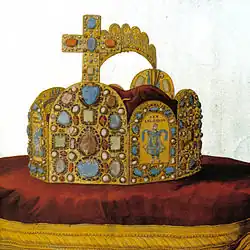 The Holy Roman Empire portal gives an overview of events from about 900 to 1806, that affected the territories of the Empire and its leading aristocratic families. | |
|
Welcome The purpose of the Holy Roman Empire portal is to make it easy for readers to find and explore articles about the Holy Roman Empire and its aristocratic families, as well as enabling editors to come together to work to enhance the subject and its themes. New editors are warmly welcome and invited to participate in adding new articles and improving existing ones – the first steps are very easy. Article of the month Article of the month
Frederick Barbarossa 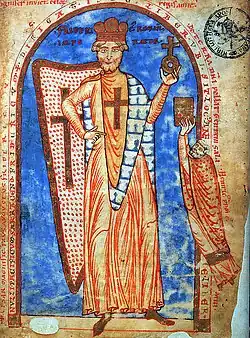 Frederick I or Frederick Barbarossa from the House of Hohenstaufen was Frederick III, Duke of Swabia, from 1147 to 1152. From 1152, he was the King of the Romans (rex Romanorum) and from 1155 Emperor of the Holy Roman Empire. He was given his nickname Barbarossa (barba "beard", rossa "red") in Italy because of his red-tinted beard. It is still not clear where the Hohenstaufen emperor was born. The Welf princes, Judith, according to the only documented record, bore her "first child" at a castle near Altdorf, today Weingarten. Because it was common at that time for the mother to give birth to her children in her country of origin, it is quite likely that Frederick was born in the land of her mother. However, it is not certain whether this first child was actually Frederick because there was a high rate of infant mortality at that time.
Quick start Important noble families Important imperial treaties, edicts and legal sources Conflicts and key events Terminology Organisation of the Empire Structures
Institutions of the Empire
|
Holy Roman Empire On 25 December 800, Pope Leo III crowned the Frankish king Charlemagne Roman emperor, reviving the title more than three centuries after the fall of the Western Roman Empire in 476. The title lapsed in 924, but was revived in 962 when Otto I was crowned emperor by Pope John XII, as Charlemagne's and the Carolingian Empire's successor. From 962 until the 12th century, the empire was one of the most powerful monarchies in Europe. It depended on cooperation between emperor and vassals; this was disturbed during the Salian period. The empire reached the apex of territorial expansion and power under the House of Hohenstaufen in the mid-13th century, but overextension led to a partial collapse. The imperial office was traditionally elective by the mostly German prince-electors. In theory and diplomacy, the emperors were considered the first among equals of all of Europe's Catholic monarchs. A process of Imperial Reform in the late 15th and early 16th centuries transformed the empire, creating a set of institutions which endured until its final demise in the 19th century. On 6 August 1806, Emperor Francis II abdicated and formally dissolved the empire following the creation by French emperor Napoleon of the Confederation of the Rhine from German client states loyal to France. For most of its history the Empire comprised the entirety of the modern countries of Germany, Czechia, Austria, the Netherlands, Switzerland, Slovenia, and Luxembourg, most of north-central Italy and southern Belgium, and large parts of modern-day east France and west Poland. (Full article...) History of the Holy Roman Empire 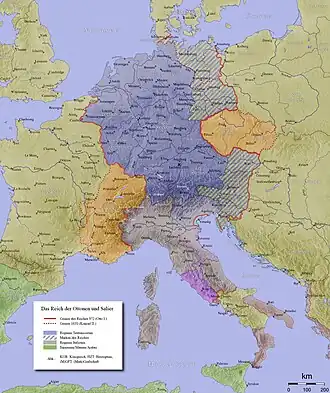 The Holy Roman Empire (Latin Sacrum Romanum Imperium) was the official name for the sovereign territory of the Roman-German Emperor from the Middle Ages to the year 1806. The name of the Empire is derived from the claim of its medieval rulers that it continued the tradition of the Ancient Roman Empire. The Holy Roman Empire is the forerunner of the modern nation-states of Germany and Austria. To distinguish it from the German Empire founded in 1871 it is also referred to by modern historians as the “Old Empire” (German: Altes Reich) more... Well known people of the Holy Roman Empire Emperors and kings Important church leaders Members • 01.02 • • Archive Wanted articles |
Associated Wikimedia
![]() Photos
Photos ![]() Source texts
Source texts ![]() Citations
Citations ![]() Dictionary
Dictionary
-
 List of all portals
List of all portals -

-

-

-
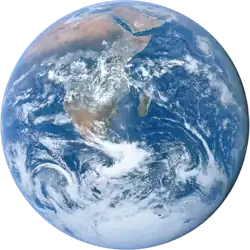
-

-
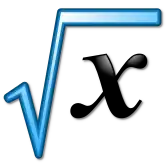
-

-

-

-
 Random portal
Random portal -
 WikiProject Portals
WikiProject Portals